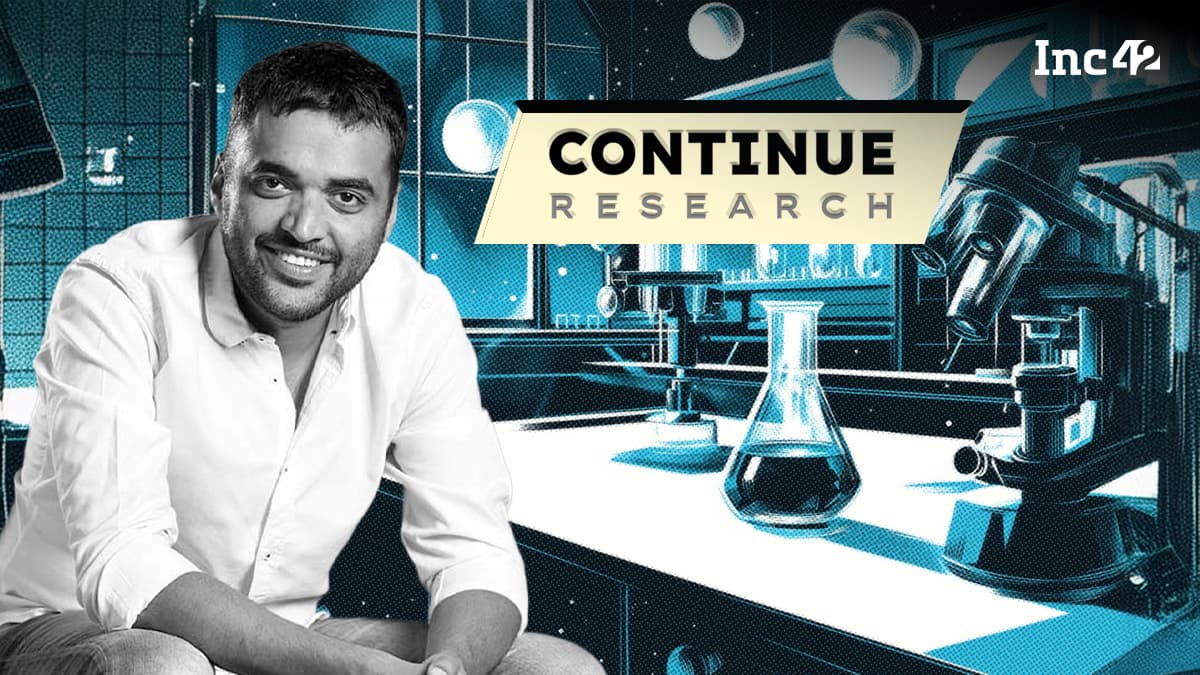Science
Continue Research Unveils Hypothesis on Gravity’s Role in Aging

Deepinder Goyal, the founder of the biological research initiative Continue Research, has announced the unveiling of its first hypothesis titled Gravity Ageing. This hypothesis focuses on the significance of Cerebral Blood Flow (CBF), which refers to the blood flow to the brain. The research suggests that while gravity may not be the sole factor contributing to aging, it could play a crucial role that has not yet been fully recognized by the scientific community.
In a statement released by Continue Research, the organization emphasized that its findings are part of an ongoing exploration into the mechanisms of aging. The hypothesis posits that variations in gravitational forces may influence the efficiency of blood flow to the brain, potentially impacting cognitive functions and overall health as individuals age. This proposition opens new avenues for understanding the biological processes that underlie aging.
Exploring the Intersection of Gravity and Aging
The concept of Gravity Ageing is rooted in the understanding of how blood flow affects brain health. Continue Research asserts that decreased Cerebral Blood Flow (CBF) can lead to various health issues, including cognitive decline and neurological disorders. By examining the relationship between gravity and CBF, the initiative aims to shed light on a factor that has been largely overlooked in aging research.
Goyal’s initiative has set the stage for further investigation into how gravitational forces might affect biological systems. The implications of this hypothesis could extend beyond theoretical discussions; they may influence future research directions and treatment approaches for age-related health conditions.
While the research is still in its early stages, it has already sparked interest among scientists and medical professionals. The broader scientific community may soon engage in dialogue regarding the potential of Gravity Ageing to reshape our understanding of the aging process.
Future Directions and Potential Impact
As Continue Research moves forward, it aims to conduct more extensive studies to validate its initial claims. The organization is currently seeking collaborations with academic institutions and healthcare organizations to explore the implications of this hypothesis further.
With a focus on innovative research, Goyal’s initiative highlights the importance of interdisciplinary approaches in tackling complex biological questions. The potential to discover new factors influencing aging could lead to groundbreaking advancements in healthcare and longevity.
The announcement of the Gravity Ageing hypothesis marks a significant step in the exploration of aging mechanisms. By challenging existing notions, Continue Research hopes to contribute to a deeper understanding of how environmental factors, such as gravity, may shape our biological destinies. As more research develops, the scientific community eagerly anticipates the insights that may emerge from this intriguing line of inquiry.
-

 World4 months ago
World4 months agoSBI Announces QIP Floor Price at ₹811.05 Per Share
-

 Lifestyle4 months ago
Lifestyle4 months agoCept Unveils ₹3.1 Crore Urban Mobility Plan for Sustainable Growth
-

 Science4 months ago
Science4 months agoNew Blood Group Discovered in South Indian Woman at Rotary Centre
-

 World4 months ago
World4 months agoTorrential Rains Cause Flash Flooding in New York and New Jersey
-

 Sports4 months ago
Sports4 months agoBroad Advocates for Bowling Change Ahead of Final Test Against India
-

 Top Stories4 months ago
Top Stories4 months agoKonkani Cultural Organisation to Host Pearl Jubilee in Abu Dhabi
-

 Science4 months ago
Science4 months agoNothing Headphone 1 Review: A Bold Contender in Audio Design
-

 Top Stories4 months ago
Top Stories4 months agoAir India Crash Investigation Highlights Boeing Fuel Switch Concerns
-

 Sports4 months ago
Sports4 months agoCristian Totti Retires at 19: Pressure of Fame Takes Toll
-

 Business4 months ago
Business4 months agoIndian Stock Market Rebounds: Sensex and Nifty Rise After Four-Day Decline
-

 Politics4 months ago
Politics4 months agoAbandoned Doberman Finds New Home After Journey to Prague
-

 Top Stories4 months ago
Top Stories4 months agoPatna Bank Manager Abhishek Varun Found Dead in Well









